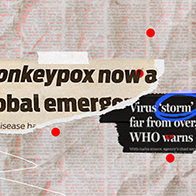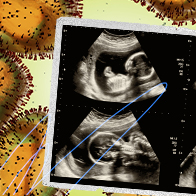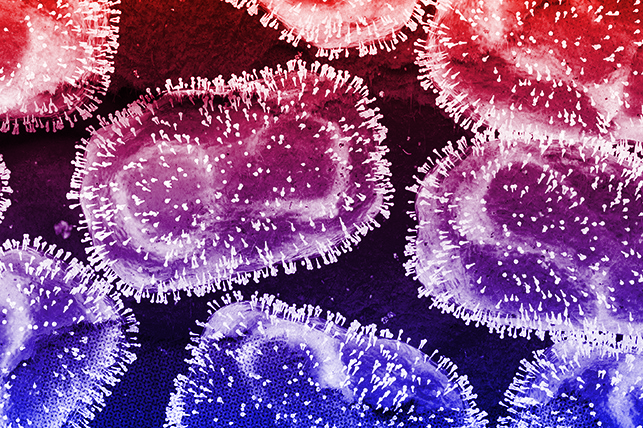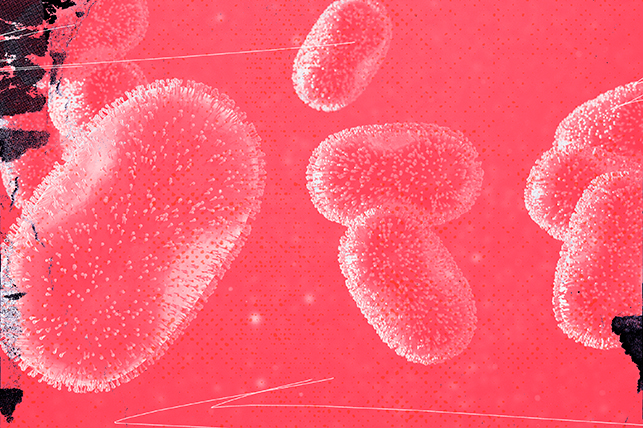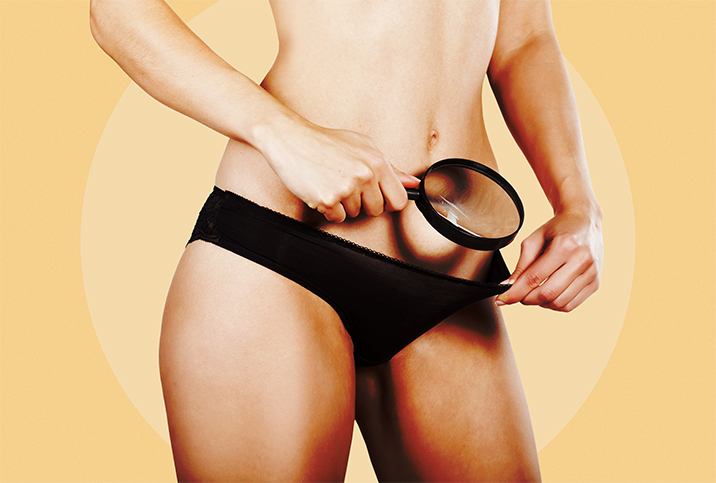Is Monkeypox an STD? Experts Say No

Even though monkeypox can be spread through sex, experts are cautious about labeling it a sexually transmitted infection (STI) or disease (STD), and warn that incorrect identification could cause some people to think they are exempt from risk.
As of Sept. 2, the Centers for Disease Control and Prevention (CDC) reported 19,962 confirmed cases of monkeypox in the United States. This number has been increasing steadily since May 2022.
Monkeypox is part of the same family of viruses as the variola virus, which causes smallpox, explained Monte Swarup, M.D., a board-certified OB-GYN in Arizona and founder of HPD Rx.
Misinformation about infections can have detrimental effects, as evidenced by the confusion when COVID-19 took hold in early 2020. A report published in 2021 by the Kaiser Family Foundation found 78 percent of adult Americans had heard at least one of eight incorrect statements about the virus and believed it to be true or were unsure if it was true or false. It's no surprise to learn that misinformation posted online influenced vaccine hesitancy.
In August, the Biden administration declared monkeypox a national public health emergency.
How is monkeypox spread?
Many experts have reservations about classifying monkeypox as an STI/STD. While it does spread through sexual contact, it also has many other modes of transmission.
"It's important to know that any close contact, including but not limited to sexual contact, increases the risk of getting MPX [monkeypox] from an infected person whose rash or lesions may be difficult to see," said Armand Balboni, M.D., Ph.D., an assistant professor of biology and the director of the Life Sciences Research Center at the U.S. Air Force Academy in Colorado, as well as CEO of Appili Therapeutics.
Monkeypox also spreads through respiratory secretions, which means close contact like kissing and cuddling carry a risk of transmission.
"Monkeypox also spreads from direct contact with the infectious rash, scabs or body fluids, and respiratory secretions during prolonged face-to-face contact," Swarup noted.
This mode of transmission poses risks for closeness that doesn't involve sex.
"In addition to direct skin-to-skin contact, monkeypox can also be spread through indirect contact, such as by touching fabrics and objects that were used by a person with monkeypox or prolonged close contact to respiratory secretions of a person with monkeypox," explained Julie Myers, M.D., M.P.H., deputy chief medical officer at MetroPlusHealth in New York City.
The consequences of calling monkeypox an STD
David Harvey, executive director of the National Coalition of STD Directors, told CNN he and his colleagues are currently referring to monkeypox as a sexually associated infection, as the risk for transmission is present during sex.
That risk has led some people—usually members of the public—to incorrectly label monkeypox an STD, Myers said.
"Calling monkeypox an STI understates the role of other skin-to-skin contact in the spread of monkeypox and may overstate how helpful barrier protection like condoms may be in preventing the spread of monkeypox," she said.
Sexual health stigma may thwart prevention efforts and blame certain groups, and it can obstruct people from receiving adequate treatment. Labeling monkeypox as an STD could compound challenges and may have detrimental effects on LGBTQIA+ individuals, especially in countries where being LGBTQIA+ is illegal.
"Anyone can get monkeypox, but the current outbreak is primarily occurring among gay, bisexual and other men who have sex with men [MSM]," Myers explained. "The virus is not specifically predisposed to these groups in any biological sense. Rather, it appears that the infection was introduced into their sexual networks by chance and then found favorable conditions for transmission, like large parties with a lot of close skin-to-skin contact or even group sex. 'Super-spreader events' appear to have fueled spread in Europe and now here in the U.S."
Attributing monkeypox and its spread to men who have sex with men could lead people to think that because they're not in that specific population, they are exempt from risk of infection. But Myers noted such high diagnostic rates in the MSM category may have to do with other extenuating factors.
"These populations of men may be also more engaged with sexual health centers where most of the clinical care and testing is happening, which could lead to increased case-finding among these populations," she explained.
COVID-19 comparisons and safer sex
"From what we have observed thus far, the close physical contact required for transmission of monkeypox makes it highly unlikely that in-person gatherings and events will be impacted the same way as with COVID-19," Balboni said.
Monkeypox is also not as fatal as COVID-19.
"To date, there have been very few deaths worldwide," Swarup explained. As of Aug. 22, only 13 deaths have been reported from locations as diverse as Cuba, Ecuador, India and Spain.
Regardless of whether monkeypox reaches pandemic status—it has not so far—knowing the risks and warning signs is paramount to staying safe.
"There are many ways one can protect oneself," Myers said. "First, avoid close skin-to-skin contact with anyone who has a rash that looks like monkeypox. Further, do not touch the rash or scabs of a person with monkeypox, and do not kiss, hug, cuddle or have sex with someone with monkeypox.
The CDC notes that protective sexual barriers may help prevent monkeypox exposure, but remember: the disease has many other modes of transmission.
"You should also take care not to share eating utensils or cups, or handle or touch the bedding, towels or clothing of a person with monkeypox," she continued. "Handwashing is also important, especially before eating or touching your face and after you use the bathroom."
The CDC notes that protective sexual barriers may help prevent monkeypox exposure, but remember: the disease has many other modes of transmission.
"The best way to protect yourself from monkeypox is to avoid physical contact with someone infected with monkeypox," Balboni said.
"The period of infectivity for MPX is from the time symptoms start until the rash has healed, all scabs have fallen off and a fresh layer of skin has formed," Balboni continued. "MPX lasts approximately two to four weeks. Everyone that tests positive for MPX, regardless of the type of rash, should be considered at risk of transmitting the infection to others."
According to the CDC, the monkeypox vaccine is 85 percent effective. However, it's not yet widely available. Speak to your doctor if you suspect you may be experiencing symptoms.







